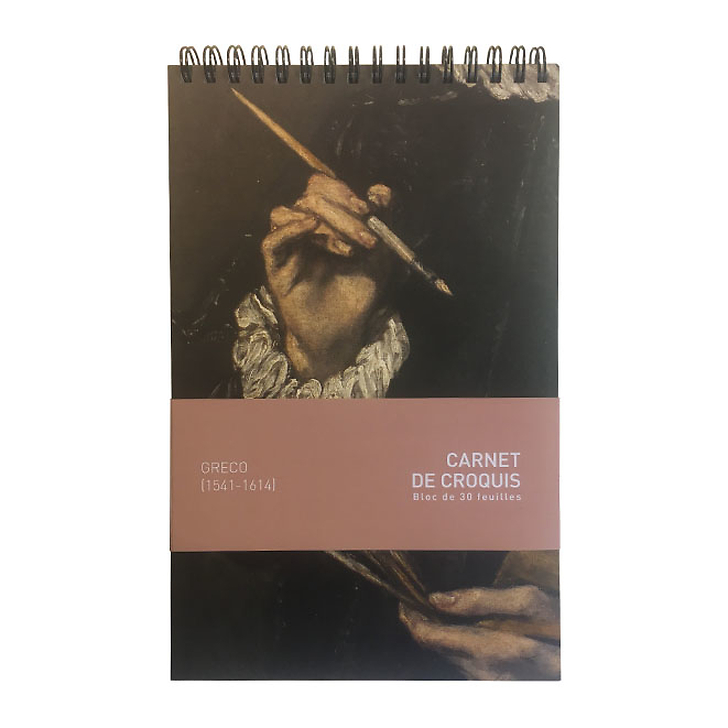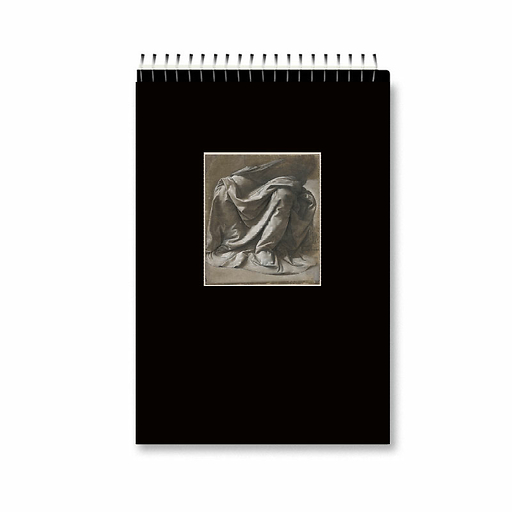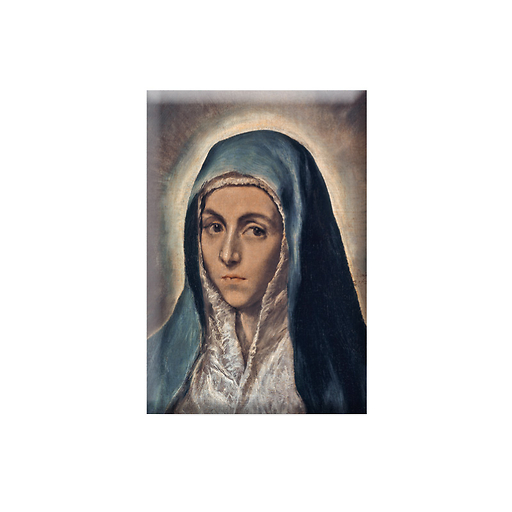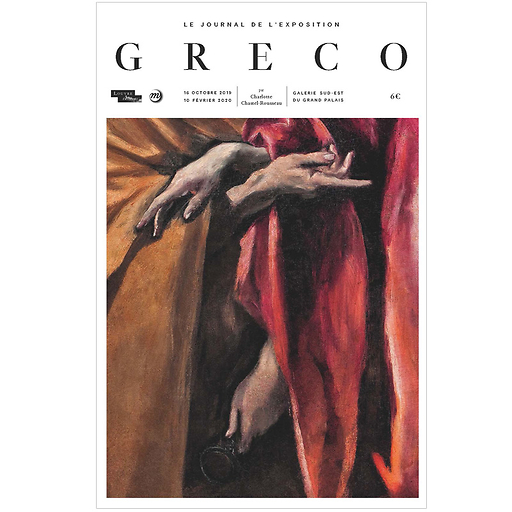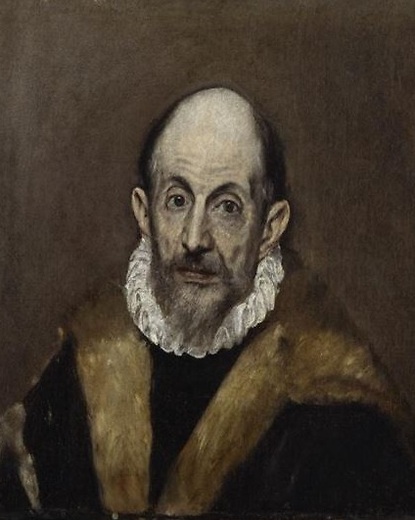Greco (1541 - 1614)
Portrait of Jorge Manuel Theotocopoulos, circa 1603 - Oil on canvas / H.74, L.51.5 cm
Sketchbook, 14 x 22 cm, 30-sheet block - High quality drawing paper, Lana Dessin Médium white medium 220 g /m² - The textured grain surface of this paper is suitable for a wide variety of techniques...
Read more
Greco (1541 - 1614)
Portrait of Jorge Manuel Theotocopoulos, circa 1603 - Oil on canvas / H.74, L.51.5 cm
Sketchbook, 14 x 22 cm, 30-sheet block - High quality drawing paper, Lana Dessin Médium white medium 220 g /m² - The textured grain surface of this paper is suitable for a wide variety of techniques and in particular for working with pencils, pastels and charcoal.
Printed in France in compliance with environmental standards
Close

